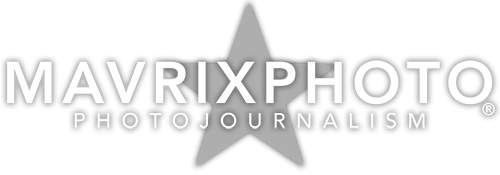All the content on this news celebrity photo agency website is the copyright of Mavrix Photo Inc. You do not have permission to post, display, publish or otherwise re-distribute this content in any way without first negotiating licensing fees.
- What personally identifiable information is collected from you through the web site, how it is used and with whom it may be shared.
- What choices are available to you regarding the use of your data.
- The security procedures in place to protect the misuse of your information.
- How you can correct any inaccuracies in the information.
Information Collection, Use, and Sharing
We are the sole owners of the information collected on this site. We only have access to/collect information that you voluntarily give us via email or other direct contact from you. We will not sell or rent this information to anyone.
We will use your information to respond to you, regarding the reason you contacted us. We will not share your information with any third party outside of our organization, other than as necessary to fulfill your request, e.g. to ship an order.
Unless you ask us not to, we may contact you via email in the future to tell you about specials, new products or services, or changes to this privacy policy.
Your Access to and Control Over Information
You may opt out of any future contacts from us at any time. You can do the following at any time by contacting us via the email address or phone number given on our website:
- See what data we have about you, if any.
- Change/correct any data we have about you.
- Have us delete any data we have about you.
- Express any concern you have about our use of your data.
Security
We take precautions to protect your information. When you submit sensitive information via the website, your information is protected both online and offline.
Wherever we collect sensitive information, that information is encrypted and transmitted to us in a secure way. You can verify this by looking for a closed lock icon at the bottom of your web browser, or looking for “https” at the beginning of the address of the web page.
While we use encryption to protect sensitive information transmitted online, we also protect your information offline. Only employees who need the information to perform a specific job (for example, billing or customer service) are granted access to personally identifiable information. The computers/servers in which we store personally identifiable information are kept in a secure environment.
We embed a social sharing widget on our webpages. This widget may collect your IP address, your web browser User Agent, store and retrieve cookies on your browser, embed additional tracking, and monitor your interaction with the widget, including correlating your Facebook account with whatever action you take within the widget (such as “liking/sharing/recommending” our webpage), if you are logged in to Facebook. For more information about how this data may be used, please see these data privacy policies:
https://www.facebook.com/about/privacy/update
https://twitter.com/en/privacy#update
https://policies.google.com/privacy
https://www.linkedin.com/legal/privacy-policy
https://policy.pinterest.com/en/privacy-policy
If you feel that we are not abiding by this privacy policy, you should contact us here.
Photojournalism is distinguished from other close branches of photography (e.g.documentary photography, social documentary photography,street photography or celebrity photography news News Celebrity Photo Agency) by complying with a rigid ethical framework which demands that the work be both honest and impartial whilst telling the story in strictly journalistic terms. Photojournalists create pictures that contribute to the news media, and help communities connect with one other. Photojournalists must be well informed and knowledgeable about events happening right outside their door. They deliver news in a creative format that is not only informative, but also entertaining.
Like a writer, a photojournalist is a reporter, but he or she must often make decisions instantly and carry photographic equipment, often while exposed to significant obstacles (e.g., physical danger, weather, crowds, physical access). The practice of illustrating news stories with photographs was made possible by printing and photography innovations that occurred in the mid 19th century. Although early illustrations had appeared in newspapers, such as an illustration of the funeral of Lord Horatio Nelson in The Times (1806), the first weekly illustrated newspaper was the Illustrated London News, first printed in 1842. Text courtesy of Wikipedia.
